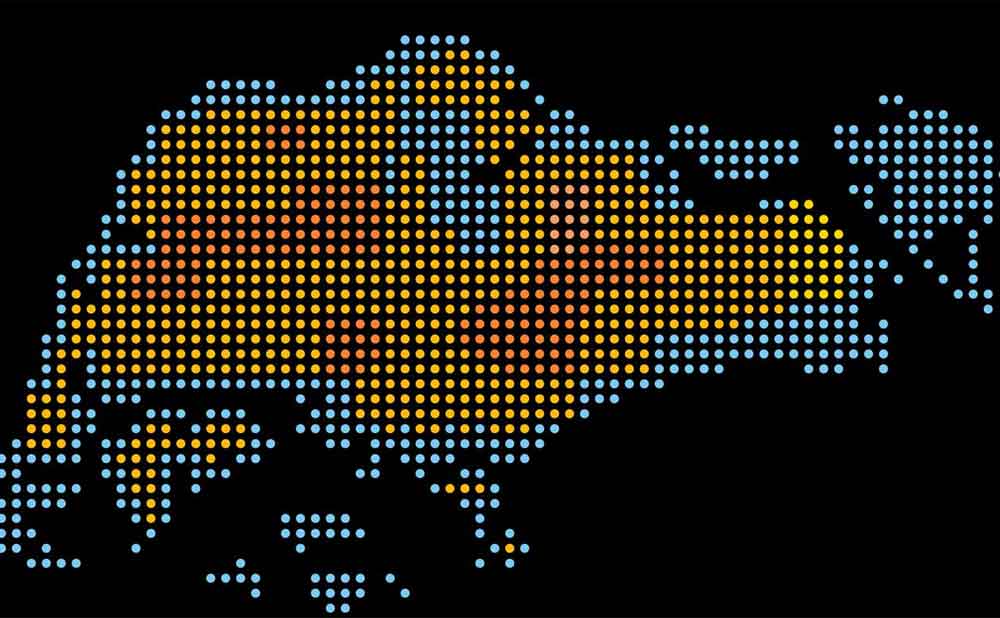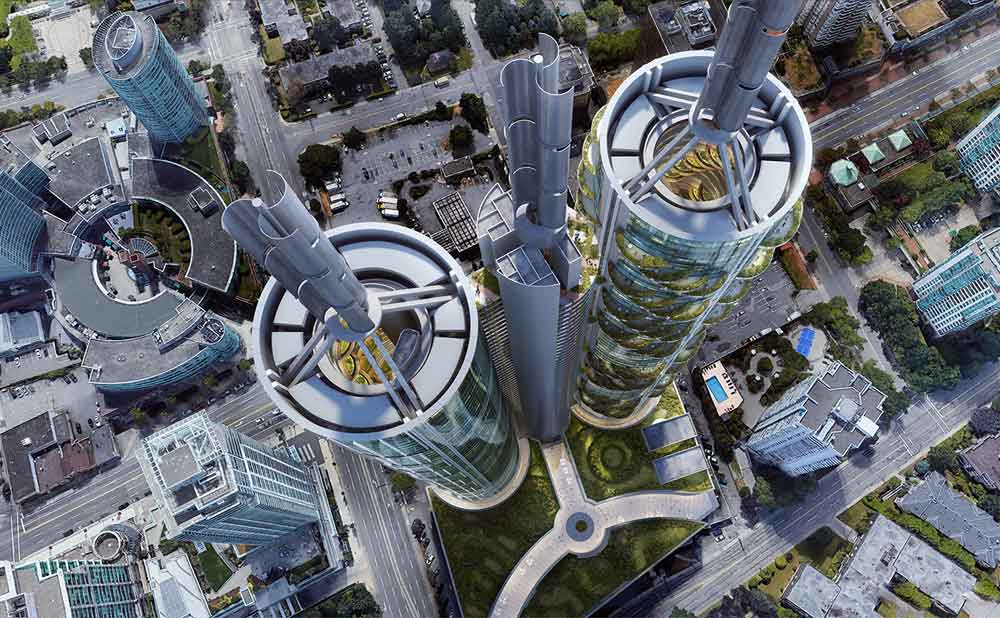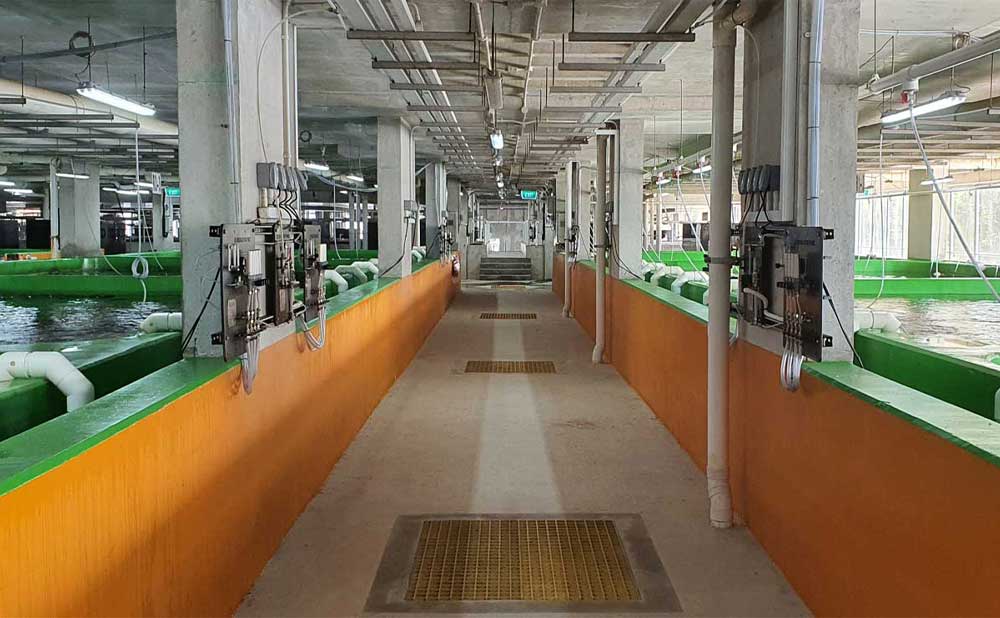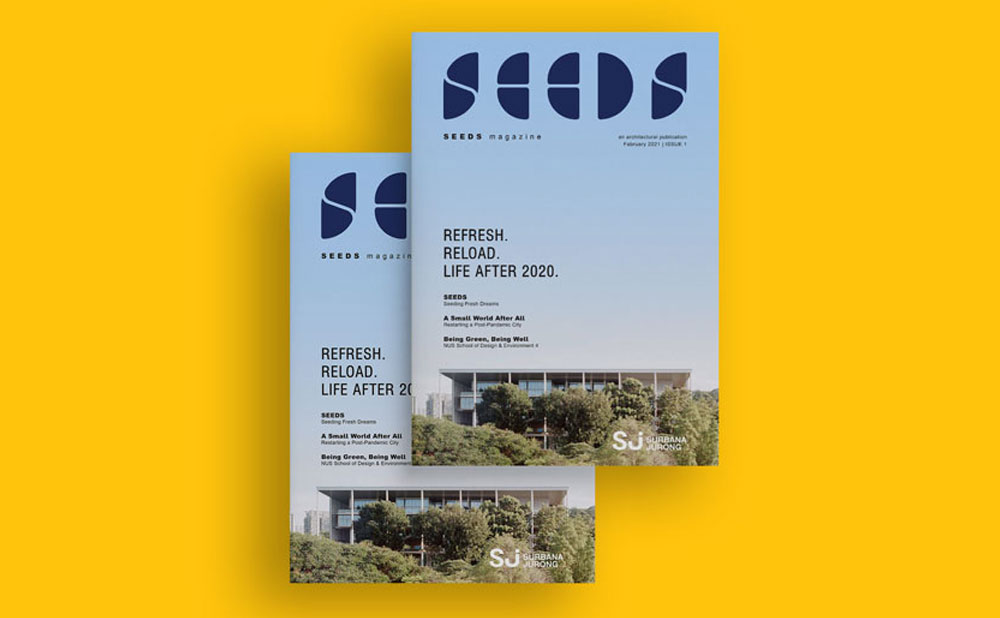LAND-BASED FISH FARMING GOES VERTICAL
In recent years, city farms have sprouted up with urban farmers growing food for local consumption. This has been propelled firstly by the need to lower the carbon footprint associated with food production by bringing the production of fresh food closer to consumers. Secondly, urban farming helps to ensure a secure supply of fresh and safe food produce, in the face of constant disruptions to global supply chains due to socio-political events, economic crises and natural disasters even before the ongoing Covid-19 pandemic dealt it the greatest jolt.
Food Production and Carbon
Between 2012 and 2017, farming and food systems produced about 16 billion tonnes of CO2 per year.2 For a comparative view of energy and resources that go into food production, refer to image below.

https://ourworldindata.org/environmental-impacts-of-food
In the case of a small city-state like Singapore, it imports almost 90 percent of its food requirements, from all over the world1. This is because the small city-state has historically prioritised land use for other vital urban purposes such as housing its growing population, rather than for farming. While 21 percent of the land was used for farming in the 1960s, this figure is less than 1 per cent in 20163. Over the past 50 over years, Singapore has moved from a position where it produced 60 per cent of its vegetables, 80 per cent of its poultry and 100 per cent of its eggs and pork to its current status where it imports most of these consumables.1
Advantages of
Urban Farming
Urban farming, particularly
high-tech farming, has the
potential to reduce the
associated carbon footprint
by bringing food closer to the
centres of consumption and,
increase its food
self-sufficiency.
Singapore itself is also leveraging such high-tech farming technologies to boost its local food production. In 2019, the government announced the 30-by-30 plan to increase local production of fruits and vegetables to 20 per cent of the demand, and that of protein from sources like meat and fish to 10 per cent.4
A New Urban Archetype
- A closed-loop water reticulation system: This is a proprietary technology developed by Cube 2 Pte. Ltd. which uses Recirculating Aquaculture Systems (RAS) technology to continuously cycle the water in the fish tanks through a series of bio-treatment processes to keep it fresh and sustain a higher density of fish.
- Modularity and Scalability: Each fish tank is supported individually by its own dedicated reticulation system making each tank an independent system. This makes this archetype modular, enabling it to be scaled both vertically and horizontally and so a farm can be built within any available urban space. This need not even be an empty land parcel. The farm can be set up in a basement, an empty multi-storey carpark, under viaducts and so on.
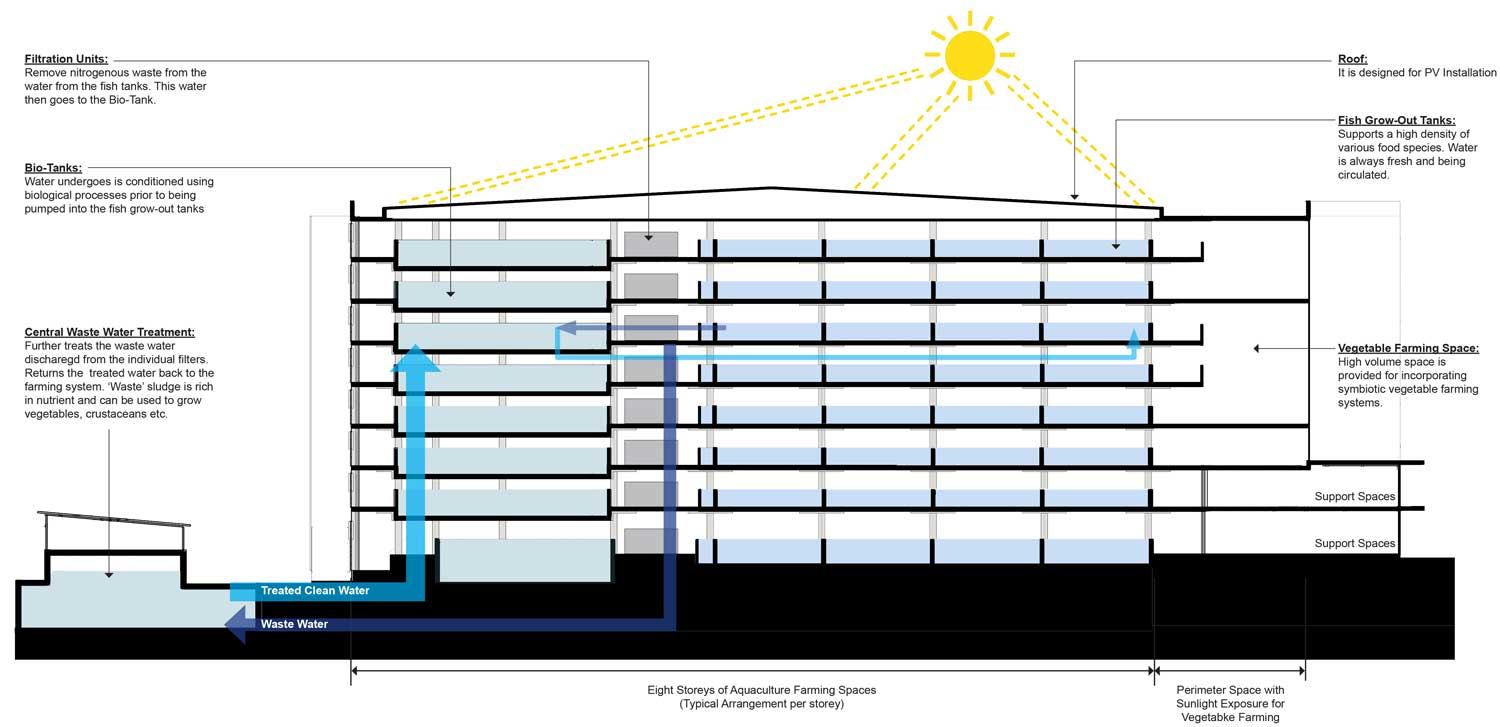
A Self-Sustaining System
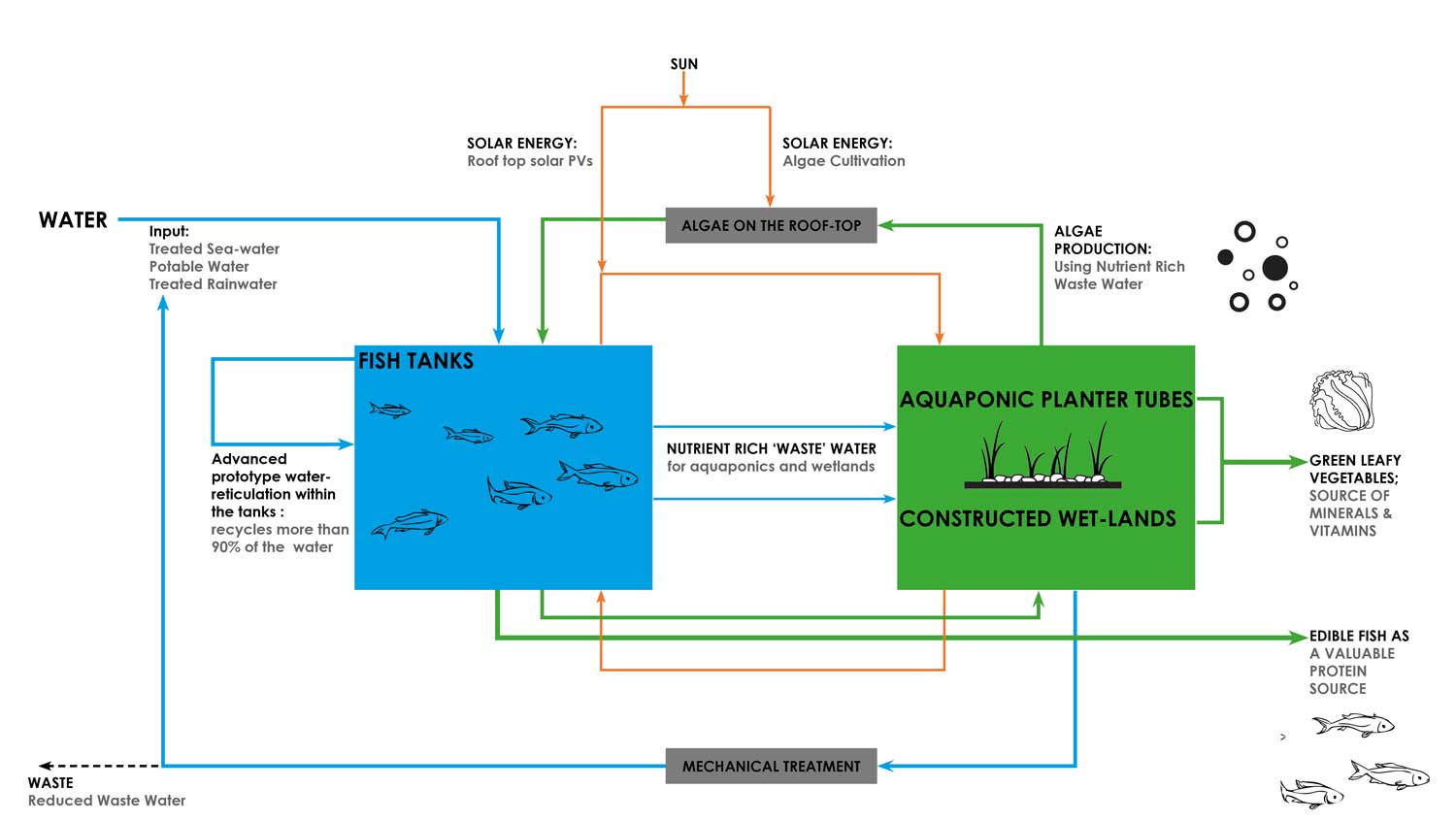
Integrated Systems Map
In the Lim Chu Kang development, the treatment of the farming wastewater is done by a mechanical system (owing to space constraint for nature-based systems). The nutrient-rich waste extracted from the treatment process can be used for several purposes, including as fertiliser for cultivating vegetables. There is also space created at six levels for integrating a vegetable farming system, where the water used for farming can circulate through. This will help to filter the water and enable the plants to absorb nitrogenous nutrients from the water. These spaces are also located along the perimeter to maximise the exposure of future vegetable systems to natural light; whilst the fish tanks are deeper into the plan as they do not require any natural light.
Making Farming Visible and Encouraging Community Engagement
Being visible and engaged with the community will help to create a sustained interest to eat local, fresh and healthy produce and more importantly groom the new generation of farmers that sees agriculture and agritech as viable career options. AAG is already working with local institutions to train the future farmers of Singapore.
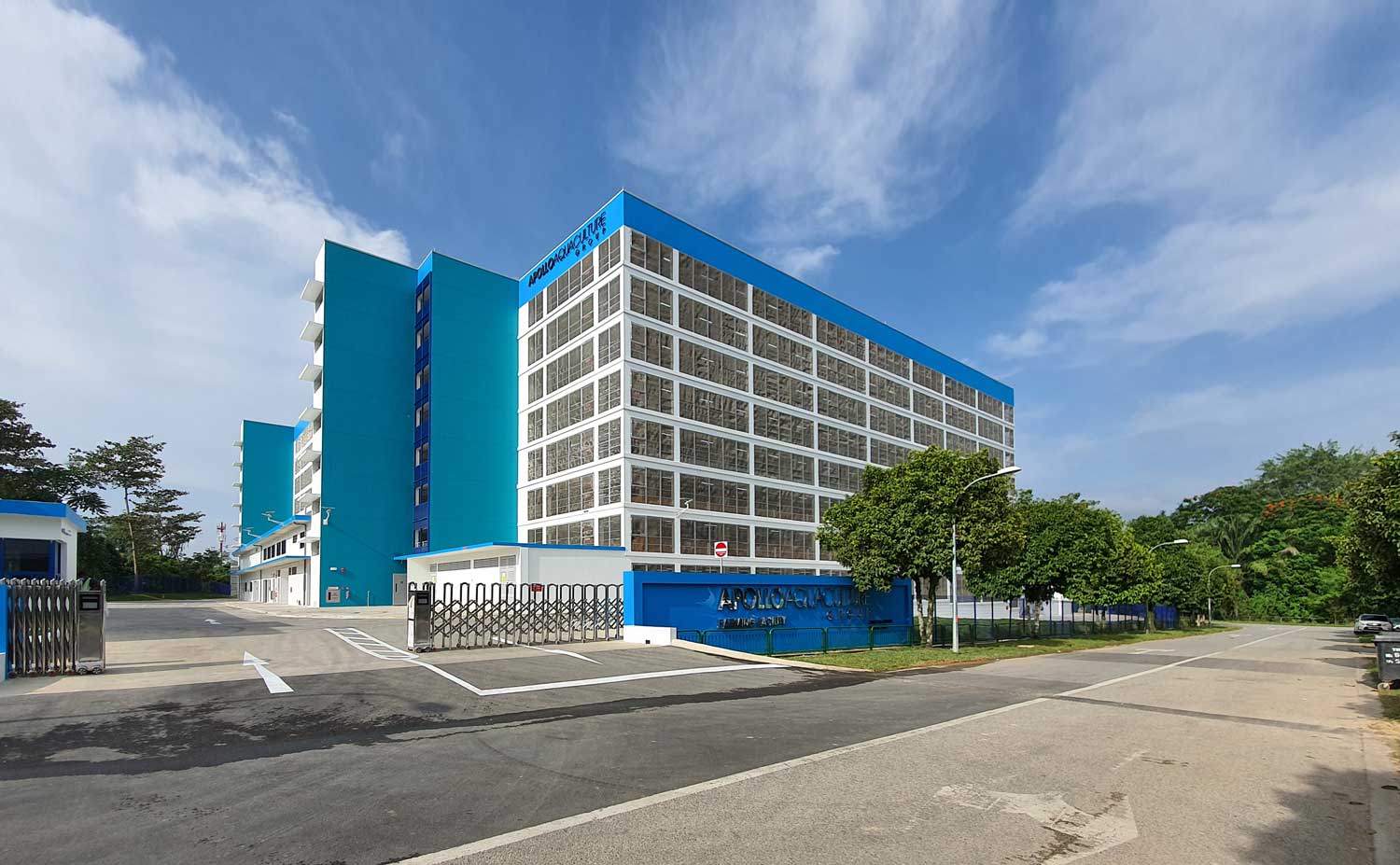
References:
1. Eng, Kenny. ” Commentary: Can farming be a success story for Singapore?” Channel NewsAsia. March 19, 2017.
https://www.channelnewsasia.com/news/singapore/commentary-can-farming-be-a-success-story-for-singapore-8577514.
2. Harvey, Fiona. “Global food production emissions ‘would put Paris agreement out of reach.”The Guardian. November 5, 2020.
https://www.theguardian.com/environment/2020/nov/05/global-food-production-emissions-would-put-paris-agreement-out-of-reach.
3. Indexmundi. n.d.”Singapore – Agricultural land (% of land area)” Accessed August 21, 2021.
https://www.indexmundi.com/facts/singapore/indicator/AG.LND.AGRI.ZS.
4. Liew, Maegan. “30 by 30: Boosting food security in land-scarce Singapore.” Asean Today. March 22, 2019.
https://www.aseantoday.com/2019/03/30-by-30-boosting-food-security-in-land-scarce-singapore/.






